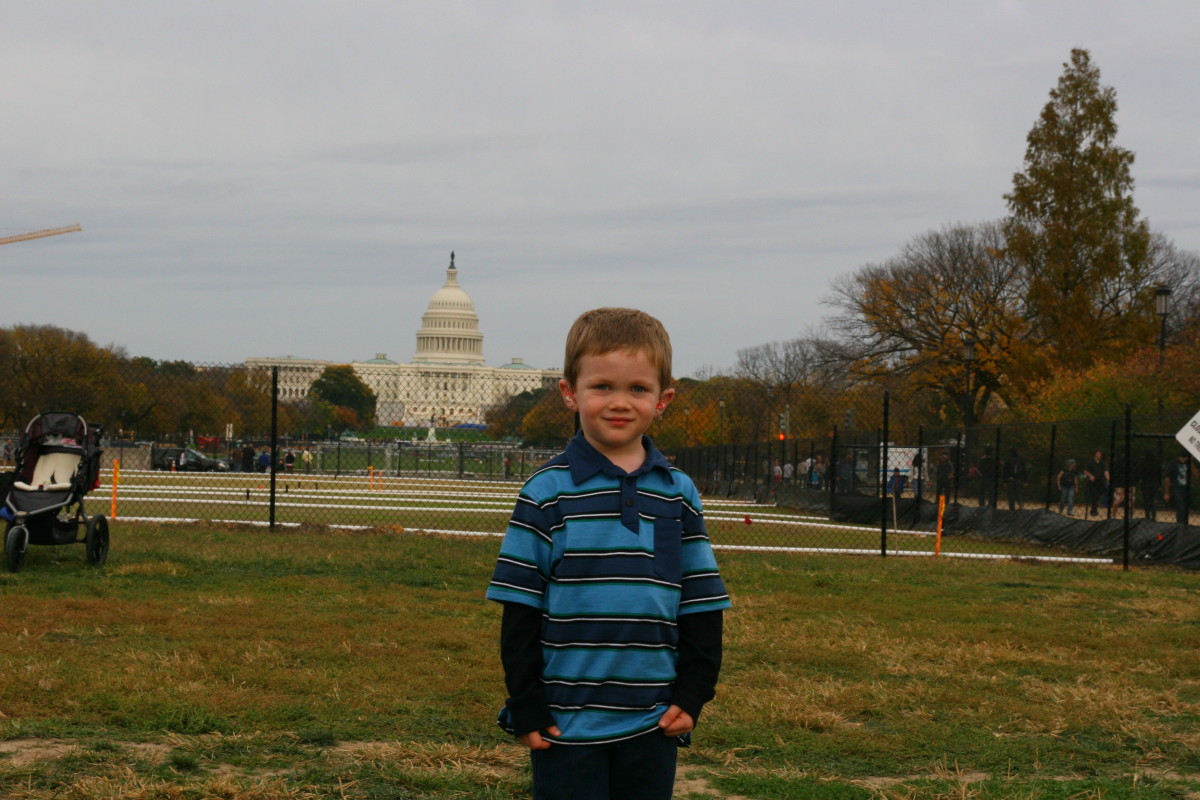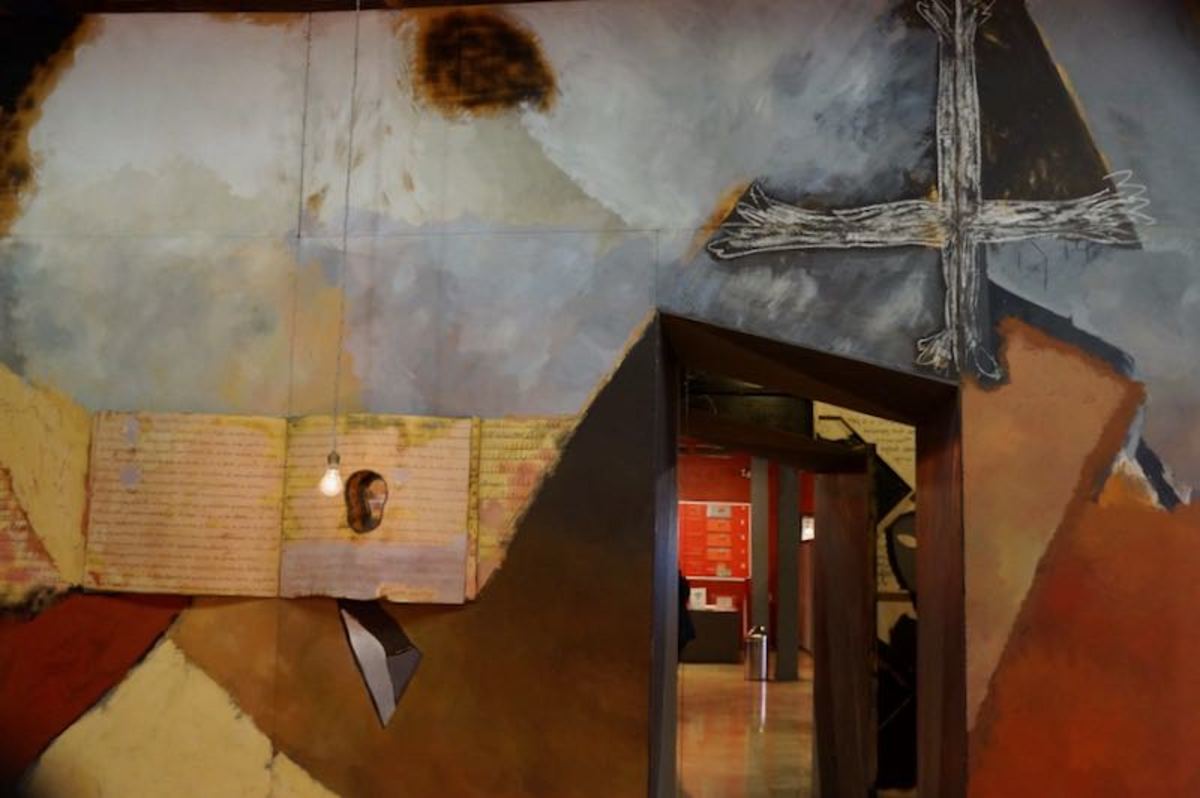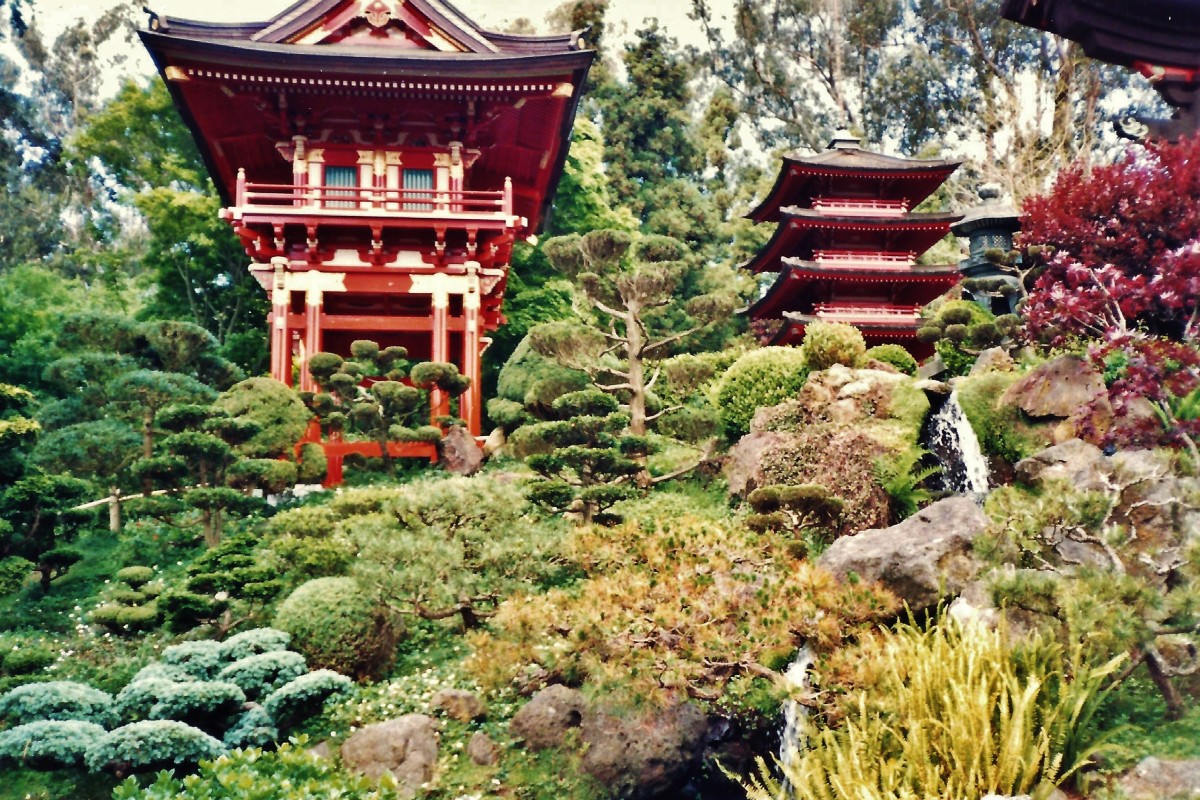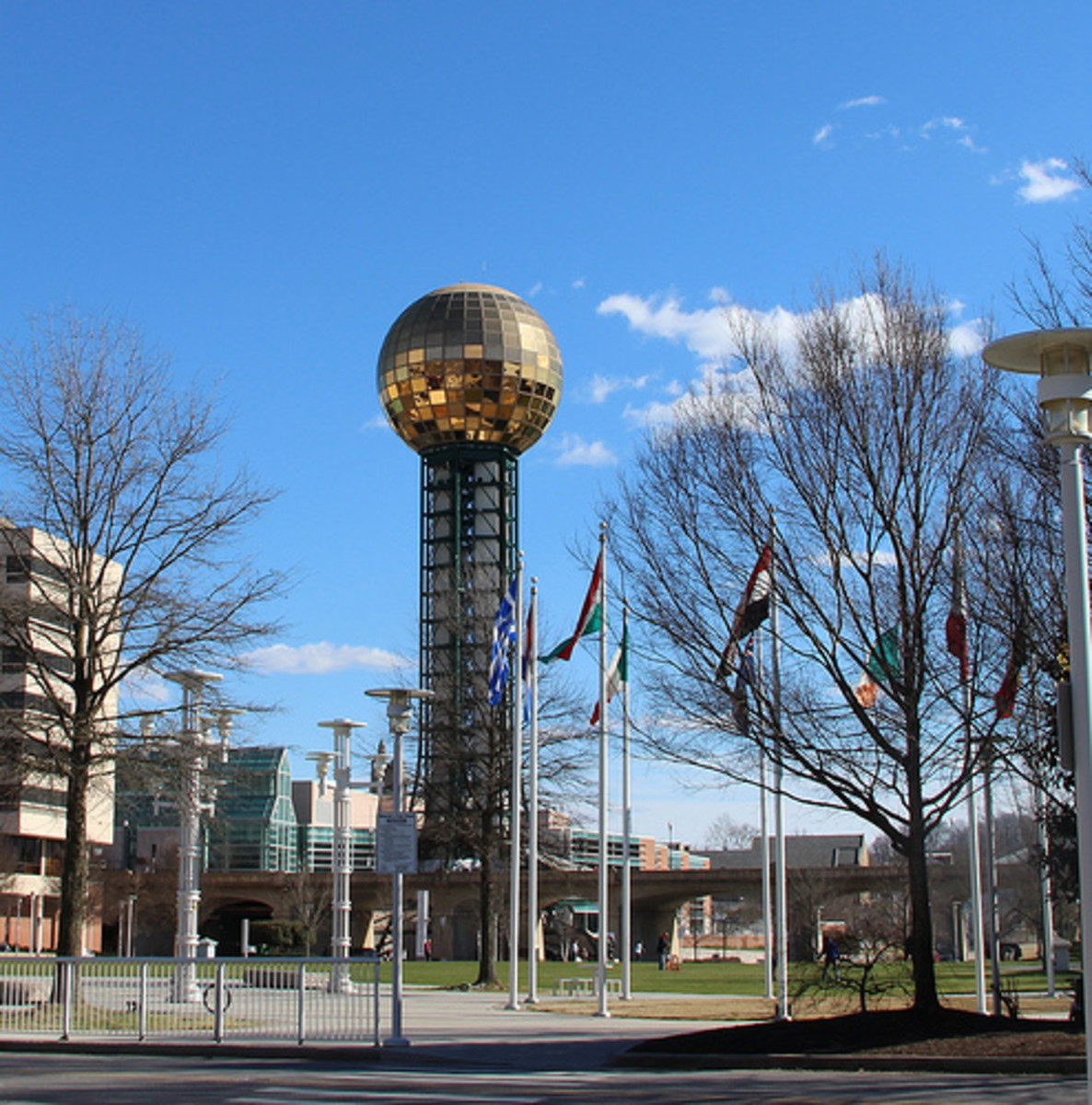10 Must See Museums In America

A place dedicated to the muses, that’s how the ancient Greeks defined the word museum. In today’s world museums exist in many interpretations in all corners of the world. With stunning art collections in classic museums such as the Prados, Louvres, British Museum and the Hermitage, Europe is undeniably the center of the museum’s world. However the United States also contributed many very noticeable museums to the humankind, just think of the Metropolitan Museum of Art and Guggenheim in New York or the Getty Center in Los Angeles. There are fascinating museums of natural history, military history, antiquities, and open-air museums. The country is so huge and culturally diverse, that you could easily spend a lifetime seeing just a fraction of the museums America offers. Here is a short list to start you on your way.
Smithsonian Air and Space Museum, Washington DC
The largest collection of historic air and spacecraft in the world! The museum has hundreds of original, historic artifacts on display, including the Wright 1903 Flyer, the Spirit of St. Louis, the Apollo 11 command module Columbia, and even a Lunar rock sample that visitors can touch. Expect to see Charles Lindbergh's Spirit of St. Louis, which he piloted for the first solo nonstop transatlantic flight; the Bell X-1 Glamorous Glennis, the first aircraft to exceed the speed of sound; and the North American X-15, the fastest aircraft ever flown. Interactive flight simulations, tours to the universe in the Einstein Planetarium and more – even you are not into space ships, you’ll have a lot of fun here! Smithsonian Air and Space Museum
The International Spy Museum, Washington DC
The only one of its kind in the world, this one of the country’s most unusual museums has a display of miniature cameras, lipstick-tube pistols, shoe phones and etc. You maybe start to feel a little bit paranoid, but you’ll walk away both entertained and enlightened about spy school, ‘charm school’, the history of espionage - the second-oldest profession, and nearly every other non-classified aspects you want to know about the spy world. Understandably, the museum’s director and advisory board include longtime CIA members and even a retired KGB general.The International Spy Museum
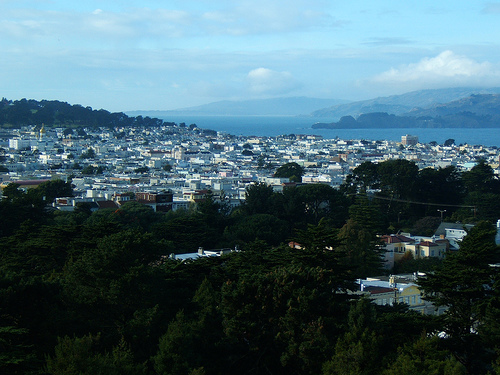
de Young Museum, San Francisco
The oldest version of the most favorite museum in San Francisco was irreparably damaged by the earthquake of 1989. The newest incarnation of de Young beautifully incorporates a new museum’s striking façade to Golden Gate Park scenery. The façade was made of perforated copper and has already started to turn shades of green and brown to perfectly blend with its Golden Gate Park surroundings. The eclectic collection of the museum includes vast holdings of art and the arts from the Americas, Oceania and Africa, including works by American masters Sargent, Homer and O’Keeffe. The 144-foot tower provides stunning views of the Richmond and Sunset neighborhoods of San Francisco. de Young Museum
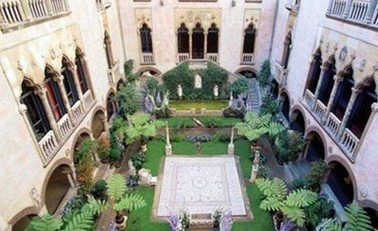
Isabella Stewart Gardner Museum, Boston
Opened on New Year’s Day of 1903, this museum was the private home of the museum’s founder Isabella Stewart Gardner. Designed in style of a 15th century Venetian palazzo with rooms bought outright from great European houses, the museum has eclectic assortment of 2,500 European, Asian and American art works, including an 1888 John Singer Sargent portrait of Gardner. The centerpiece is the dramatic four-story courtyard surrounded by elaborate balconies and archways and filled with seasonal blooms from the museum’s own greenhouse. There is an intimate restaurant that overlooks the garden. To fully conjure up the spirit of days past, try to attend one of the concerts in the Tapestry Room.Isabella Stewart Gardner Museum
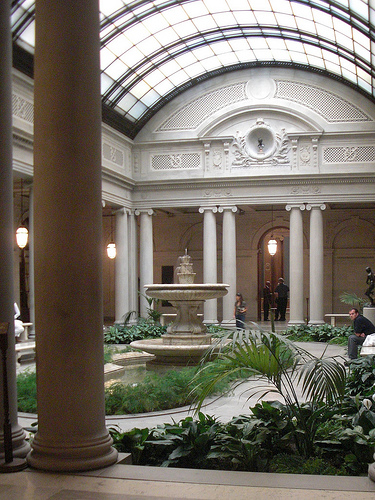
The Frick Collection, New York
Located just a few blocks away from the well-known Mets and Guggenheim, the Frick Collection is one of the most charming museums in New York and, in fact, one of the finest gathering of European paintings in the United States. A permanent display of art works by Corot, Degas, El Greco, Goya, Renoir, Turner, Van Dyck, Velazquez and Vermeer, the museum is also a great place for relaxation. And indeed, once being a residence of Henry Clay Frick, a Pittsburgh coke and steel magnate, the house looks like it is still lived in with its lavishly furnished rooms, fresh flowers, charming indoor pool and beautiful music. The Frick Collection
Museum of Modern Art, New York
Founded in 1929, the Museum of Modern Art was the first museum ever to be devoted exclusively to modern art. MoMA is home to the world’s finest collection of works from the late 19th century to the present. The museum's recent $425 million face-lift by Yoshio Taniguchi increased exhibition space, added space to accommodate large-scale contemporary installations and enlarged the much-loved Abby Aldrich Rockefeller Sculpture Garden. 3,500 paintings and sculptures, 6,000 drawings, 4,000 posters and more than 25,000 photographs are in a permanent museum collection. Monet’s “Water Lilies”, Matisse’s “Dance” are here, plus photos by Man Ray, Walker Evans and Ansel Adams. In addition to the artwork, one of the main draws of MoMA is the building itself. A maze of glass walkways permits art viewing from many angles. Museum of Modern Art

Brooklyn Museum of Art, Brooklyn New York
If you already have experienced the Mets in Manhattan, head to Brooklyn to visit the second largest museum in New York. The museum is recognized for its remarkable temporary exhibitions, such as “Sensation: Young British Artists from the Saatchi Collection” (1999). Its permanent collection has the fascinating decorative-arts set with a number of complete period rooms. In order to preserve these premier examples of American interior design and decoration, these rooms were disassembled and moved from their original locations up and down the East Coast, then reassembled and furnished for display in the galleries. The dining room of the 1799 Cane Acres Plantation House of Summerville, South Carolina; the Moorish Smoking Room of the 1864 John D. Rockefeller House at 4 West 54th Street in New York City are among the most beautiful on the display. Brooklyn Museum of Art
The Barnes Foundation, Philadelphia
The Barnes Foundation, in Merion just outside of Philadelphia, is a unique and one of the world's largest collections of Impressionist, Post-Impressionist and early Modern paintings, with extensive holdings by Picasso, Matisse, Cézanne, Renoir and Modigliani. The collection includes more than 4,500 works that were carefully chosen and arranged in “wall ensembles” by Albert Barnes himself, who once made a fortune in patent medicine and after 1929 devoted himself full-time to collecting art of all types. Next to the Gallery the 12-acre arboretum full of exotic trees and flowers is a great place for relaxation. The Barnes Foundation
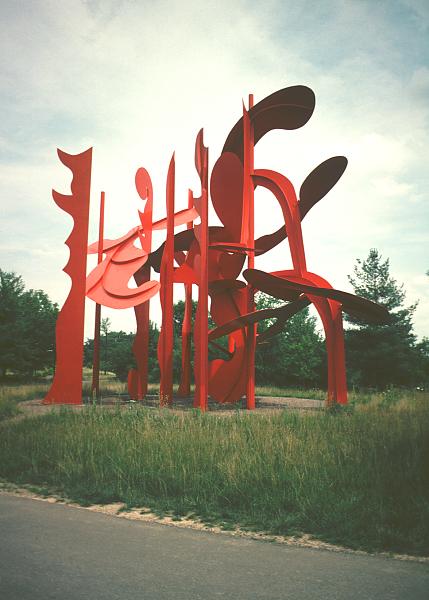
The Frederick Meijer Gardens & Sculpture Park, Grand Rapids Michigan
Comprised of 125 acres of natural wetlands, woodlands, meadows and botanical gardens, Frederik Meijer Gardens & Sculpture Park is home to the largest collection of outdoor art in the Midwest. The 160 pieces include works by such noted artists as Rodin, Moore, Oldenberg and DiSuvero. The integration of horticulture and sculpture flows throughout the site, uniquely blending both art and nature, setting it apart from other more traditional botanic gardens or art museum experiences. You can easily spend all day here enjoying the arts and exploring gardens and natural woodlands. The Frederick Meijer Gardens & Sculpture Park
The Field Museum of Natural History, Chicago
The Field Museum of Natural History bears the name of its first major benefactor, Marshall Field, founder of Chicago’s legendary department store. The museum was incorporated in the State of Illinois in 1893 as the Columbian Museum of Chicago with its purpose the "accumulation and dissemination of knowledge, and the preservation and exhibition of objects illustrating art, archaeology, science and history." In 1921 it was moved to its present site and now it is a part of the 52-acre lakefront Museum Campus that also includes the John G. Shedd Aquarium and the Adler Planetarium. These three institutions are regarded as among the finest of their kind in the world and together attract more visits annually than any comparable site in Chicago. The Field Museum of Natural History


